Scuba Lawyer
Contributor
Thanks for the responses...ok now....how many of you still dive with a J valve on your tank?
Welcome to ScubaBoard, the world's largest scuba diving community. Registration is not required to read the forums, but we encourage you to join. Joining has its benefits and enables you to participate in the discussions.
Benefits of registering include
Thanks for the responses...ok now....how many of you still dive with a J valve on your tank?
Thanks for the responses...ok now....how many of you still dive with a J valve on your tank?
Situational awareness, including awareness of the equipment configuration at all times, would be the first skill. The second would be, for me, relaxing and enjoying the dive, while ensuring your safety by watching depth/time and ensuring you aren't pushing up against the "knife edge" of the no-decompression limits. That's right, I'm a NDL diver. Getting into decompression diving, in my opinion, is technical diving and requires a whole different set of skills.Now some trick questions, but real questions, mostly reserved (pond intended) for those that have experience with a reserve "J" valve.
What are the two most important skill you need to have when diving and relying on a reserve valve (no SPG)?
Depth gauge that works (some don't) and a functional dive watch or dive timer.What is one of the most important pieces of gear needed when relying on the reserve air from valve? One hint on this question, it is not the J-rod. You can actually reach over your shoulder to turn on the reserve. The rod was just for convenience.
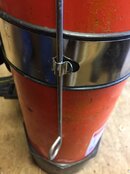
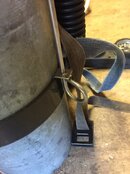
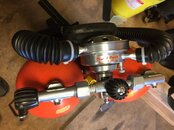
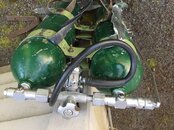
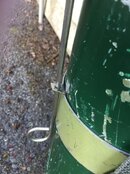
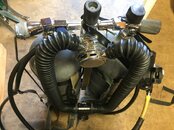
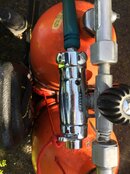
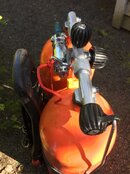
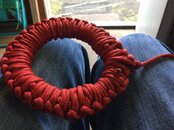
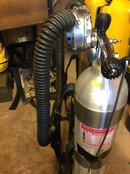
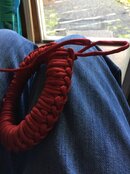
I've posted these pics before but seemed appropriate here. These are two of my working J-valves I have on a couple of 71.2 steel tanks. I like the Dacor valve as it has a port for a SPG that can be accessed when the tank is full but the valve is off.
View attachment 580007 View attachment 580008
For the pressure, I'm assuming you mean the J valve is off?
All the J-valves used here in Italy, both the spring-loaded Technisub model, and the normal Cressi or Mares ones, were always designed to be on the side close to your back, not external as I see in some of your photos.Now, I'm going to show you some of my gear. It shows how I handle the J-valve pull rod (or don't). The first several of my sets of doubles has a reversed J-valve configuration, so that the valve is facing my back instead of facing away.
So what I learned from all that training is that the most important piece of equipment if you have to swim home with an empty tank (and no flotation device) is a snorkel!
Note: In places like California they determine that they need to safe some air to swim back under the kelp. I assume that is part of the reason why Scubapro came out with a reserve valve that could be adjusted from 300 psi reserve to 600 psi reserve. But this is a different story. Now some dive operators want us to surface with 700 psi. We are not in California, we can swim on the surface, if needed.
I hope that was fun.
I should add, we all new how to use the decompression tables and someone in a group would have a watch.We were normally not diving very deep and it was loosely assumed that a steel 72 could not give you enough time (in relatively shallow water, less than 80 feet) to get into deco obligation. Yes, looking back, not a very good assumption for a bunch of young relatively fit kids, but we luckily never had an issue.

